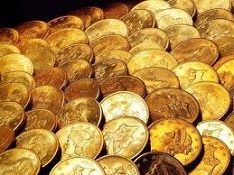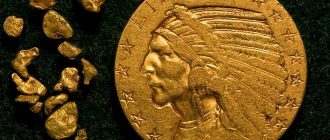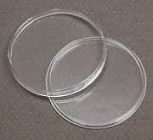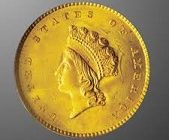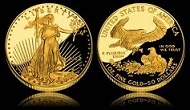Wonder what all the interest in Portuguese gold coins is about? Read our guide for more facts & information…
Portugal has had a longstanding tradition of minting and using gold coinage. Portuguese gold coins are highly prized throughout the world. The coin called the real (for royal) was used as official currency from the early 15th century until 1911. Ferdinand I of Portugal is thought to have introduced the real as silver coinage around 1380.
The popularity of gold coins has ebbed and flowed over time. Gold coinage experienced a resurgence in popularity after the discovery of significant amounts of the ore in Brazil in the 1690s. This Brazilian gold was at first coined into moedas de ouro at mints in Rio de Janeiro and Lisbon (as Brazil was a Portuguese colony), however substantial amounts of this coin came on to England where it was recoined into guineas, which had first been struck in 1663.
The Portuguese moidore is a good example of a coin that began to be minted around that time. This gold coin (most commonly the 4 cruzado piece) was produced in large quantities from the early 1660’s to the 1720′s. Multiples of 2½ and 5 moidore were also issued at that time.
Some what more recently Portugal produced gold coins denominated in reis, cruzados, escudos, dobra, and peca. A piece of one these gold coins can fetch as much as $3,000 in the open market.
The Portuguese monarch, John V (1706-1750), introduced a new coinage based on the gold escudo in 1772. The face of the coin featured a royal bust and title. The reverse featured the crowned Arms of Portugal within a decorative shield. These coins came to be known by the nickname “Joeys” or “Joes” based on the royal titles that appeared on the coins i.e., Joannes (John V) and Josephus (Joseph I, 1750-77). In English vernacular the coins are often called “Portuguese pieces” or “Port pieces” on the coin weights and box labels that have survived to this day.
King John minted coins for Africa, which were also legal tender in Brazil. The legend on some of these coins reads PECUNIA – TOTUM – CIRCUMIT – ORBEM (Everywhere, or throughout the globe). In a certain sense this is true in that the coins were very widely circulated.
Portugal also has a rich history of navigation and exploration. Certain of its gold coins acknowledge and pay tribute to this legacy. Diago Cao was probably the first European to cross the equator and view the constellation known as the Southern Cross. The 100 escudos minted in 1987 as part of the Discovery Series honor his achievements.
The names for Portuguese coins and gold coins can prove confusing. Names that arose in the past for certain coins fall into disuse or evolve over time and re-appear as later coinage. The escudo, cruzado, and vintem are examples of this tendency. The escudo, in fact, re-emerged during the Republican era and was the basic monetary unit of Portugal until the introduction of the Euro in 2002.

